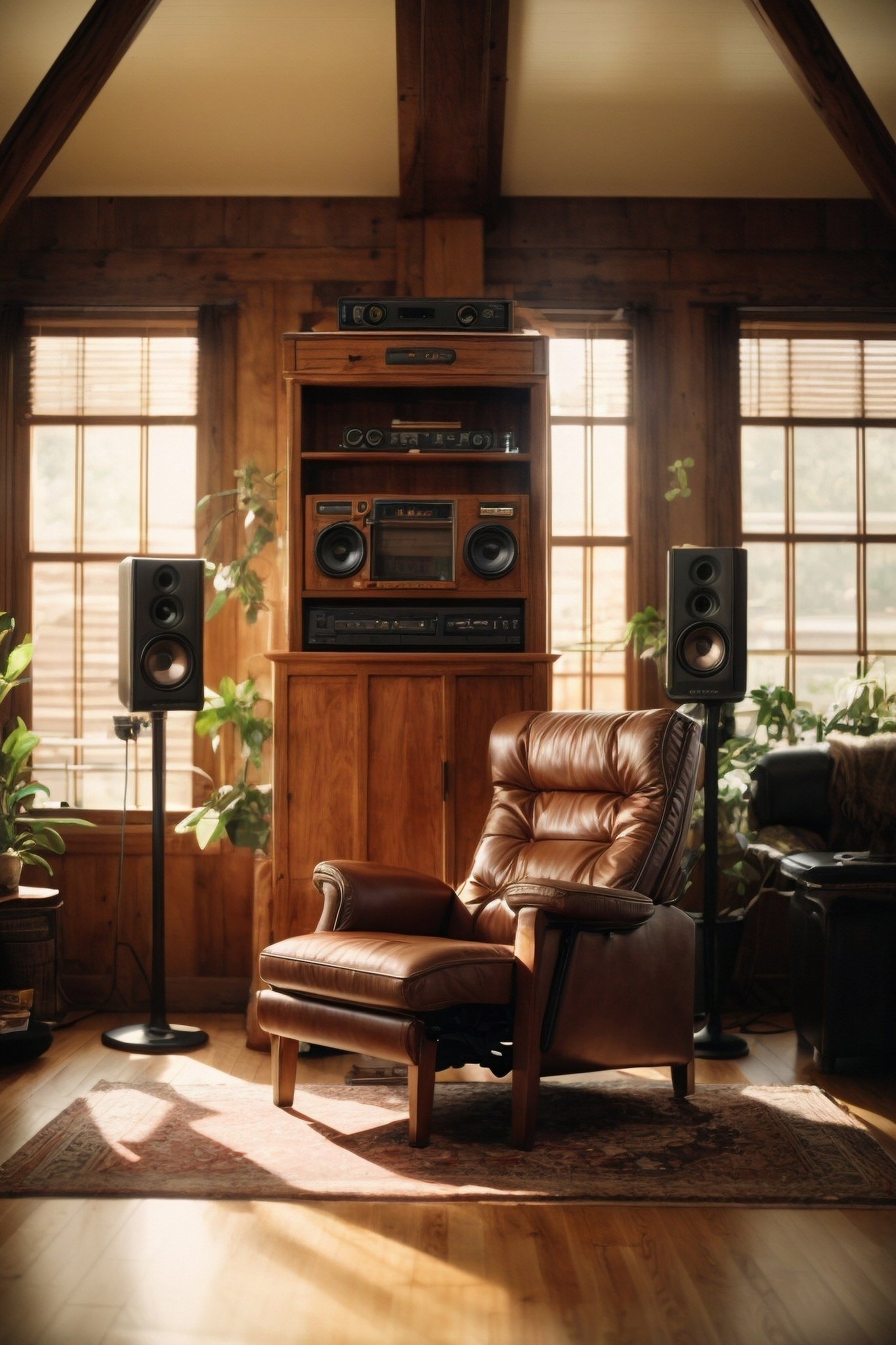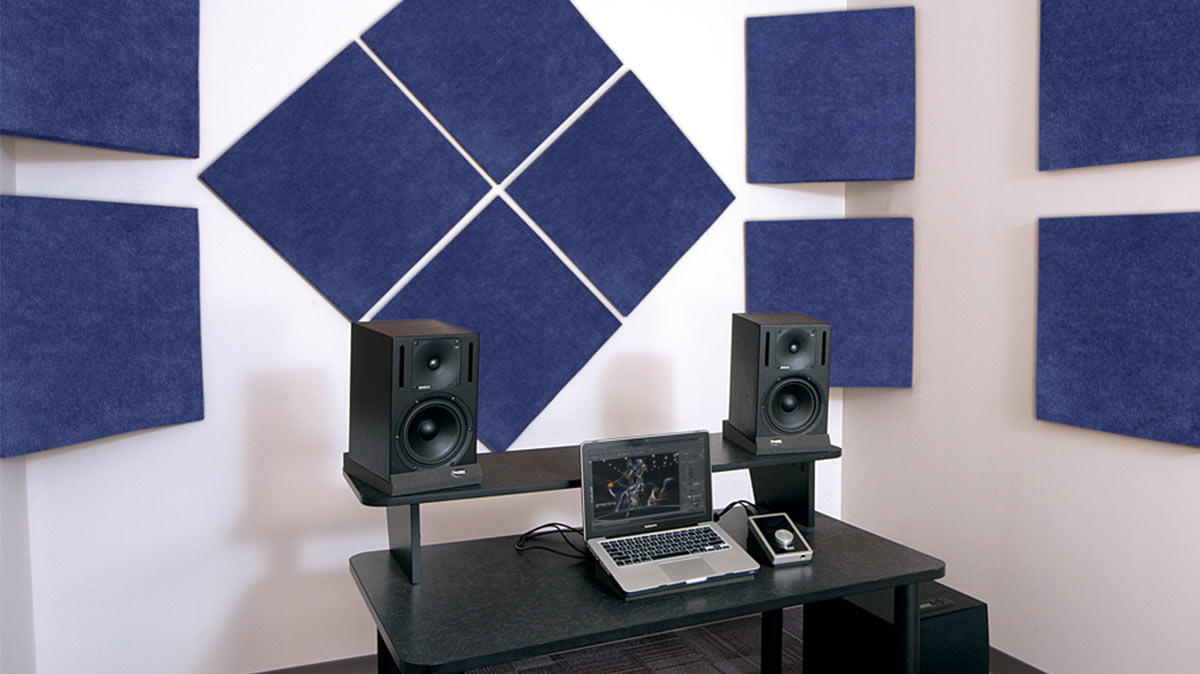destinationsound
Member
- Joined
- Nov 22, 2024
- Messages
- 31
- Likes
- 15
I do not need soundproofing. My neighbors do not mind sound exiting the garage. I have a quiet neighborhood and do not care about outside noises entering the room.
Here is a brief overview of my garage structure.
- The outer most siding is vinyl with a half-inch Styrofoam insulation.
- under that is the original wood tongue and groove siding.
– then it is just the exposed bones of the wall, the 2 x 4 framing
– the ceiling is exposed rafters with a tongue and groove wood, then shingles.
Option one would be for me to fill the wall and ceiling cavities with Rockwool insulation, then drywall over it and finally add my room treatment on top of the drywall. My first assumption is, this would create more problems in terms of frequency balance, because the room would become more of a resonator, and of course, high frequency reflections.
The second option, ia to leave the wall framing exposed, add rockwool insulation in the cavities and place sound fabric over top. I of course, would also add diffusers and could potentially double or triple up the insulation in certain spots for bass trapping.
The second option sounds like a better choice. Because, I can utilize the space, more efficiently, I have options to add diffusion and absorption.
Considering soundproofing is not a concern, Can you see any reason why I should add DryWall and seal the walls?
Here is a brief overview of my garage structure.
- The outer most siding is vinyl with a half-inch Styrofoam insulation.
- under that is the original wood tongue and groove siding.
– then it is just the exposed bones of the wall, the 2 x 4 framing
– the ceiling is exposed rafters with a tongue and groove wood, then shingles.
Option one would be for me to fill the wall and ceiling cavities with Rockwool insulation, then drywall over it and finally add my room treatment on top of the drywall. My first assumption is, this would create more problems in terms of frequency balance, because the room would become more of a resonator, and of course, high frequency reflections.
The second option, ia to leave the wall framing exposed, add rockwool insulation in the cavities and place sound fabric over top. I of course, would also add diffusers and could potentially double or triple up the insulation in certain spots for bass trapping.
The second option sounds like a better choice. Because, I can utilize the space, more efficiently, I have options to add diffusion and absorption.
Considering soundproofing is not a concern, Can you see any reason why I should add DryWall and seal the walls?
Last edited:





